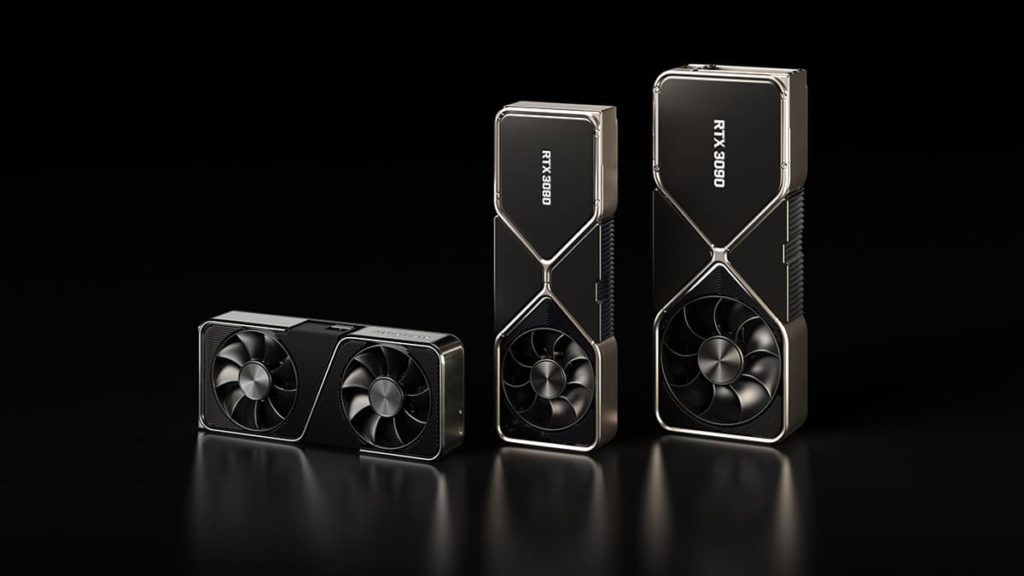Wake me when GPU prices get to proper MSRP levels. MSRPs were already too high before crypto-plagues and chip shortages f*cked everything up. I had trouble accepting the MSRPs ($500 for a 2070 Super, $400 for a 5700 XT, $650 for Fury X/980 Ti, they have lost their g4wd-**** minds), so this current crazy market doesn't even seem like real life. Unfortunately, it is. And to think, I used to complain about $400-$450 for flagship cards (like Radeon 9700 Pro).
You say that, but it's not true. Factoring inflation and everything else, I don't think $1,000-$1,200 is unreasonable at all for a flagship card. Don't get me wrong, if I could get them for $600 or less I'd be absolutely thrilled by that. But that's neither been realistic nor the way things have been for a very long time.
When you look at GPU pricing objectively, GPU MSRP's aren't really all that different than they were 5 to 7 years ago. The Maxwell based Titan X cost $1,299 or $1,399. That's the Titan class card which is the entry level workstation/prosumer segment while still being more or less at the top of the gaming stack. Later Pascal based Titan X's were $1,200 MSRP. Today, the RTX 3090 FE has an MSRP of $1,499.99 in the United States. AIB cards and reference designs with various coolers are priced higher, but after 7 years, a $200-$300 increase at the time the RTX 3090 FE was released really wasn't all that outlandish.
It was only outrageous compared to the base RTX 3080, which wasn't all that much slower but had an MSRP of around half the RTX 3090. But again, that's not really all that strange as cards like the 980 Ti etc. were always considerably less than the Titan class cards. The one real anomaly here was the RTX 20 series, which was insanely priced and remains the most insanely priced series by MSRP. Titan V which was priced at $2,499 while the RTX 2080 Ti was $1,199 or something like that.
Guys like me used to buy Titan's or Ti cards in pairs doubling the cost of our GPU solutions. Honestly, the price of the RTX 3090 FE wasn't that big of a deal for what we were getting. It was certainly priced far better than it's predecessor, the Titan V.
Price scalping aside, if you ask me, the more egregious thing in the computer industry isn't GPUs but rather motherboard pricing. In 2015, the most expensive Z170 motherboard was $400 to $450. Now, we had HEDT boards upwards of around $500-$600 but you got a lot more for your money in terms of the platform. Today the most expensive mainstream motherboard is the ASUS ROG Maximus Z690 Extreme at $1,099. That's not getting into the limited production offerings with factory monoblocks which are understandably more expensive than that. However, the Maximus Z690 Extreme is still a mainstream part and its double the price of the most expensive part from 7 years ago.
When the X570 chipset released, we saw a massive price increase in the mainstream segment with the top end boards reaching highs of around $750 to $800. For the previous generation, we only saw pricing like that on the HEDT side. Now Z690 boards can cost upwards of $1,100. Monoblock boards are almost double that with the ASUS ROG Maximus Z690 Extreme Glacial costing $1,999.99. The midrange is creeping up as well.
Again, going by MSRP GPU's aren't really that much more than they've been for several years. Now, I can't speak for some of the mid-range and lower end offerings as I honestly don't look at them. I never have. Of course, actually getting GPU's for MSRP is another matter with actual street prices being all over the place. But motherboard's aren't being scalped. They are literally twice what they used to be a few years ago. Sure, there are economic and supply reasons for
some of that increase. However, that doesn't account for the vast majority of the price hike.



